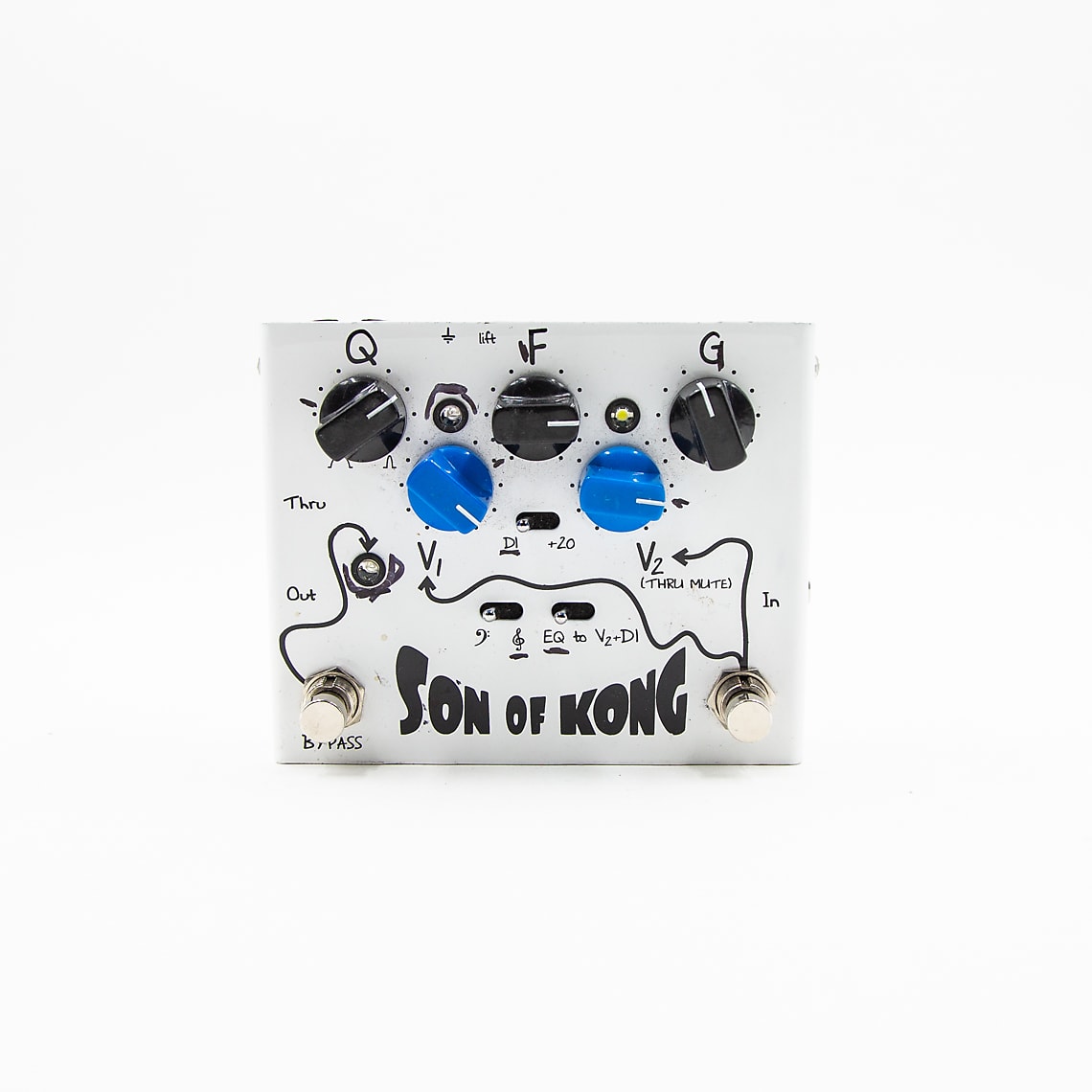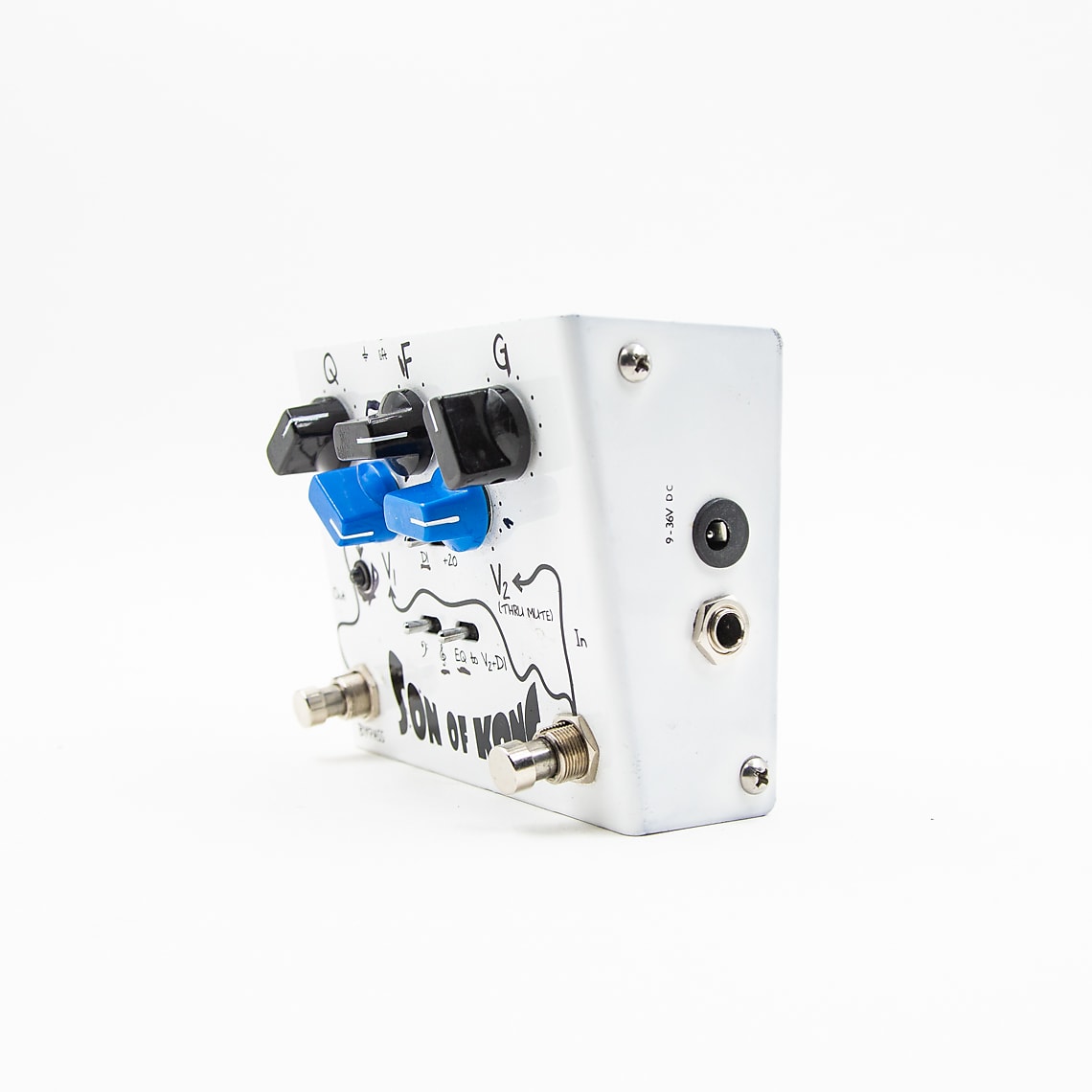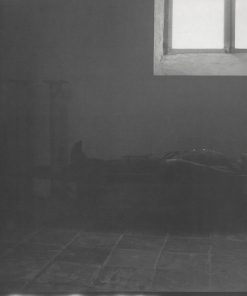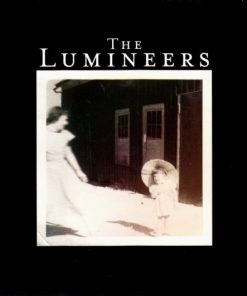John Haitt Owned Spontaneous Audio Devices Son Of Kong – Preamp / EQ / DI Pedal w/ signed certificate
$789.00
Out of stock
This Spontaneous Audio Devices Son Of Kong was owned by John Hiatt and comes with a signed certificate.
Serial #: Covered by velcro. This unit is in really great shape cosmetically and it functions as intended. Power cable not included.
Frank Zappa’s tone-tailoring magic wand lives on in a super-versatile, two-channel boost and EQ.
Even if you’re a Frank Zappa fan, the name Arthur “Midget” Sloatman might not ring familiar. But for more than a decade, he was the resident studio technician at Zappa’s Utility Muffin Research Kitchen studio. Zappa’s guitars were fitted with Sloatman’s custom EQ and gain circuitry, which gave Frank complete on-board control over filter resonance and feedback. Sloatman eventually built the circuit into a giant enclosure to use in his own band and dubbed it Kong.
Sloatman’s Son of Kong is an evolution of the original circuit. It features two channels, the original Zappa-approved EQ circuit, and a much more pedalboard-friendly enclosure, plus several other additions that enhance its already impressive versatility.
Central Scrutinizer
With a sturdy, bent-steel chassis and hand-wired circuit, the Son of Kong is as tough as its name suggests. For increased headroom, the Son of Kong accepts power sources up to a whopping 40V. There’s also a direct XLR DI output jack to run directly into a mixing console or PA.
The Son of Kong has lots of knobs and switches, and it takes some focused exploration to get into all its capabilities. The right footswitch toggles between two channels, each with independent volume controls. The channels are voiced identically, but the first channel has a maximum 15db volume boost, while the second one cranks out 35dB of boost. The G knob controls the gain level for a given channel, and the F knob boosts frequencies anywhere from 35 Hz to 5 kHz. You can switch between treble and bass frequency ranges via a small switch under the first channel’s volume knob. Finally, the Q knob sets the width of the selected frequency range anywhere between 1/10th octave and two octaves. You can also boost the volume by 20dB via a switch located between the volume controls, and switch the EQ in and out of the second channel’s circuit from a switch beneath that channel’s volume knob.
Shut Up ‘n’ Play Yer Guitar!
Thanks to its super-broad frequency range, the Son of Kong can dramatically re-shape your guitar and bass tones. The Q and F controls are highly interactive, and even the smallest adjustments can squeeze, squelch, or expand your tone.
A good starting setting is EQ knobs at noon and volume at unity. This is the pedal’s most neutral setting, though you’ll probably still perceive a bit of boost and extra high-end clarity. With a Fender Stratocaster and a Twin Reverb, the effect is like playing through a clean JFET-style booster.
Ratings
Pros:
Rock-solid. Easy to use given the range of functions. Wide frequency range. Great solution for tricky backlines.
Cons:
Requires careful adjustment to sound its best. Expensive.
Tones:
Playability/Ease of Use:
Build/Design:
Value:
$495
Spontaneous Audio Son of Kong
spontaneousaudio.com
Moving the F knob through its range reveals the control’s impressive sweep and also highlights the voice-like quality of the circuit. Moving the control back and forth while you play a note produces a cool Tycobrahe-style wah effect. Setting the control past one o’clock fattens tones with a pronounced mid hump. Dropping it below 11 o’clock scoops mids while adding more pronounced treble and bass response. Positioning the frequency range switch to the treble side has the strongest effect with single-coils and low-output PAF-style humbuckers. But for pickups with weaker lows, the bass side of the switch makes the F knob very effective for beefing up the bottom end.
The Q control is excellent if you need to focus or sharpen your tone to fit into a mix or arrangement, or to suit a particular amp/guitar combo. But it can also make your tone wider or deeper if that’s what you need. The super-enhanced focus from a given EQ range becomes dramatically more pronounced as you dial up more of the pedal’s furious distortion. With the gain control set fairly high, the Q knob move between narrow, Pignose-style honk, Clapton-esque ark neck-pickup tones, burly industrial distortion, and fat, hot octave fuzz. More gain is available by kicking the +20db boost, but the boost is big enough to blow speakers, so be ready to adjust your guitar and amp volume.
The Verdict
The Son of Kong can hone your guitar tones in ways that transcend amplifier tone controls. It lets you adapt more readily to borrowed backlines and tight, tricky musical arrangements. The busy layout may look scary, but it’s easy to use with a little practice. The Son of Kong often sounds best when using its EQ conservatively, though its extreme ranges will appeal to experimental guitarists. If you’re a player who moves from weird realms to sweeter tones—like Zappa himself—the Son of Kong has the means to get you there.
| Weight | 26 oz |
|---|
Related products
To Be Sorted
To Be Sorted


























